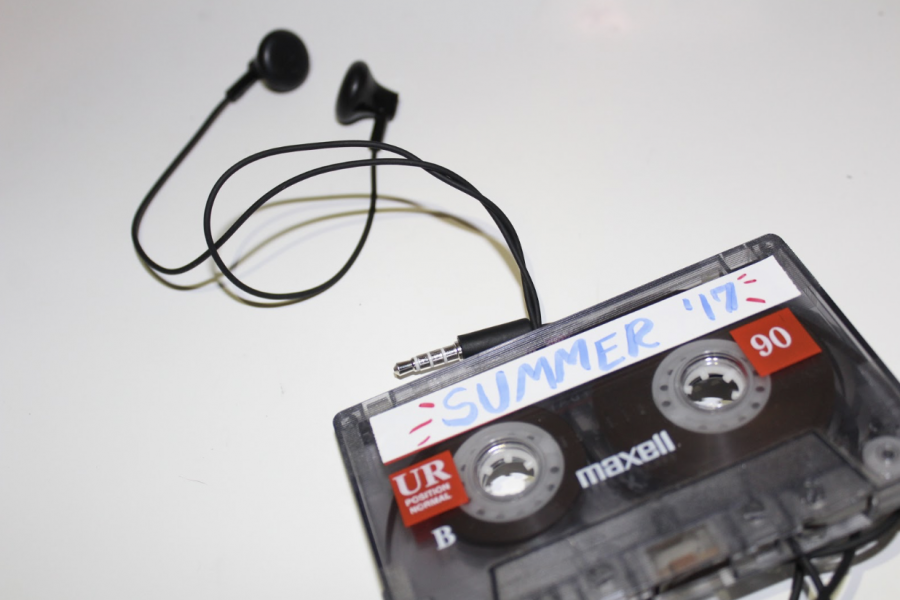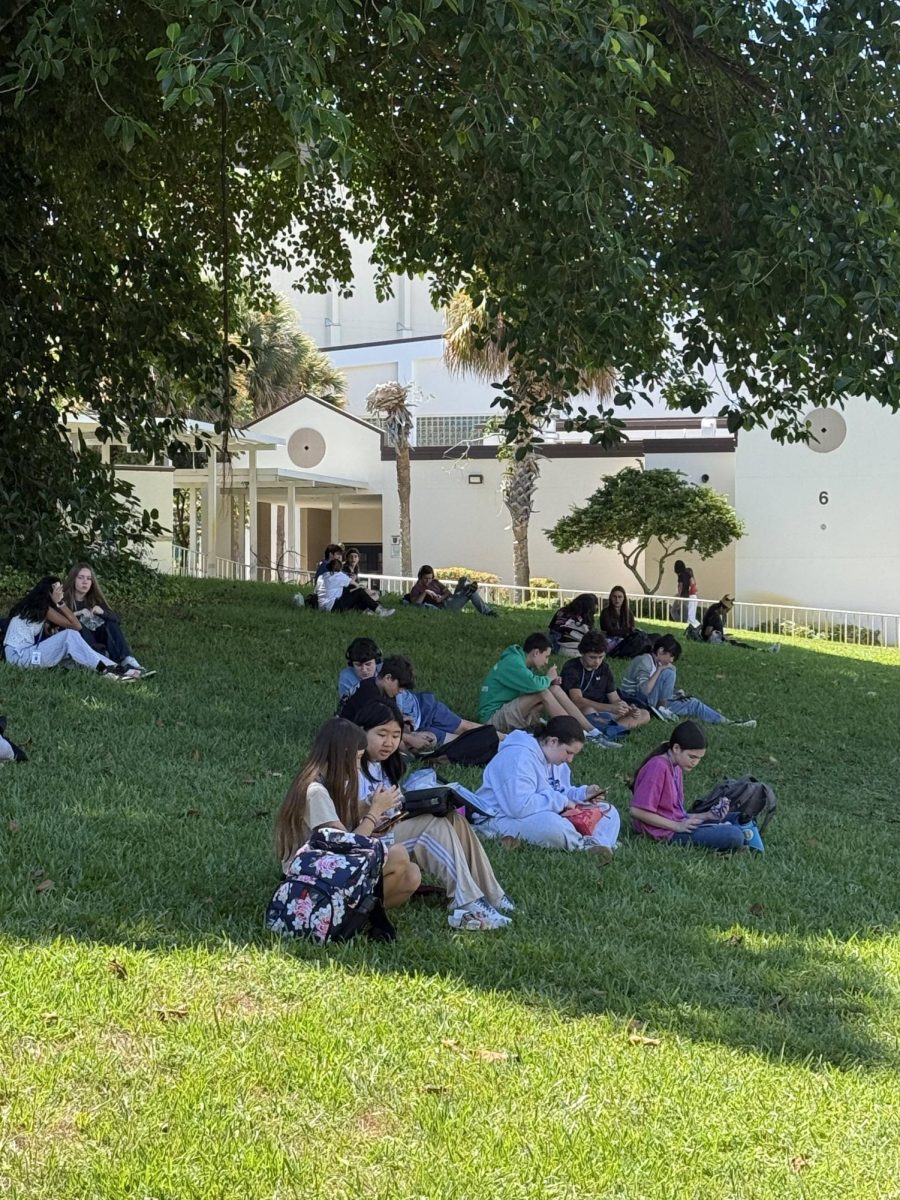The night of Oct. 14, I began preparing. Taking a quart-sized Ziploc bag from the pantry, I loaded up the standard essentials: my TI-Nspire CX CAS graphing calculator (and destroyer of all things math), my favorite snacks (Clif bars and Goldfish), a large eraser, and of course, three Pentel Twist-Erase Click 0.7 mechanical pencils. I was ready.
The next morning, as I walked into the PSAT test room, I sought out the optimal seat. It had to be far enough from the windows so the sunlight glare would not affect my performance but also far from any cold vents. After a solid five minutes, I, like Sheldon Cooper, found my spot.
However, I ran into some unforeseen consequences. The proctors sent around boxes of number 2 wooden pencils. Although they were crisp Ticonderoga pencils- the only non-mechanical pencils I would ever stand- I stayed loyal to my trusty Pentel. Moments later, the catastrophe happened. The proctor told us that we could not use mechanical pencils. In my head, the class was in instant uproar, yelling and throwing inferior pencils at the bearer of bad news. In reality, there were only some confused murmurs. Reluctantly, we laid our weapons and accepted the primitive instruments; but why are mechanical pencils not allowed?
The war on mechanical pencils has no logic nor backing. The lead in mechanical pencils is specifically made to be #2, and through all my use with mechanical pencils on Scantrons, I have never come across any sort of pencil fault.
Such confusion is common at Dreyfoos. It was the first test of the class, and after putting away my study notes, I took out my trusty mechanical pencil. As my teacher handed out the test, she said that mechanical pencils were not allowed. When asked why, she said in the past, mechanical pencils didn’t register with the machine. While I reluctantly gave up my trusty utensil, students braver than me and perhaps a little more reckless than me stuck to their guns. When we got our tests back, the result was expected: we all failed, but the mechanical pencils registered. It was at that moment I realized the giant conspiracy against mechanical pencils.
The pencil was first invented in the 1500s, and it hasn’t evolved much besides adding an eraser in 1858. Since then, pencils have stuck to our hands, schools, and ceilings.
Meanwhile, the mechanical pencil was invented back in the 1850s and has undergone a series of updates and innovations. Our inability to accept change, even when it is good, is one of the main reasons mechanical pencils continue to be taboo in old-fashioned classrooms. Mechanical pencils don’t require noisy pencil sharpeners, which students seem to always use while the teacher is talking, and the erasers on these pencils can be replaced.
Mechanical pencils have since receded from students’ pockets. The oppression has forced dutiful followers to abandon their instruments, succumbing to the resistance of change. Now, millions of students across the country grip rough edges and broken tips, and that, I think, is a tragedy.





















































